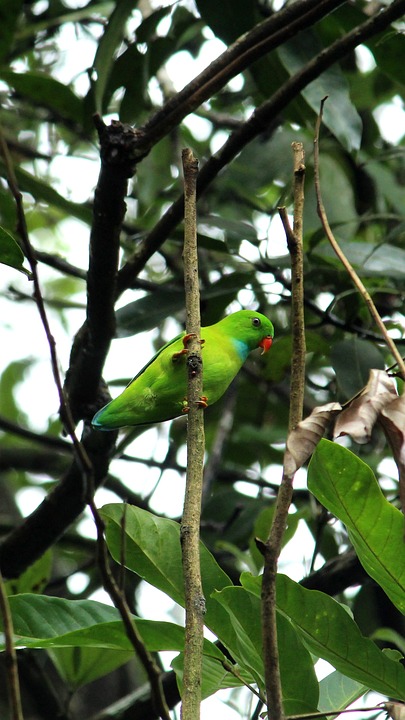Parrots are highly intelligent and social creatures that exhibit a wide range of behaviors. One fascinating aspect of parrot behavior is their flock roosting patterns. By understanding these patterns, parrot owners can gain valuable insights into their pets’ needs and enhance their overall well-being. In this article, we will delve into the intricacies of parrot flock roosting patterns, shed light on their significance, and provide answers to some frequently asked questions.
Flock roosting patterns refer to the ways in which parrots congregate and nest together in a communal setting. In the wild, parrots naturally form flocks, which serve multiple purposes such as protection, social interaction, and sharing resources. Roosting, or settling down for the night, is an essential aspect of flock behavior.
Parrots exhibit a well-defined social structure within their flocks. This structure is often hierarchical, with dominant individuals at the top and subordinate ones below. When it comes to roosting, the higher-ranking birds typically secure the prime spots, such as the inner branches of a tree or a secure nesting cavity, while lower-ranking birds settle on the outer periphery.
Flock roosting patterns provide parrots with safety in numbers. By roosting together, they can collectively watch out for predators, share information about available food sources, and maintain a sense of security. Additionally, being part of a flock satisfies their social needs, preventing feelings of loneliness and promoting mental stimulation.
Roosting in a flock allows parrots to engage in communal communication. They use a variety of vocalizations, including contact calls, to stay connected with their flockmates. These vocalizations serve as a means of maintaining group cohesion, coordinating activities, and alerting others to potential dangers.
Several factors influence parrot flock roosting patterns, including species, habitat, availability of suitable roosting sites, and the social dynamics within the flock. Different parrot species may prefer specific types of roosting sites, such as tree cavities, cliffs, or even man-made structures like buildings. Understanding these preferences can help parrot owners recreate suitable roosting environments in captivity.
Now, let’s address some frequently asked questions about parrot flock roosting patterns.
Q1. Can parrots exhibit flock roosting patterns in captivity?
Yes, parrots can exhibit flock roosting patterns in captivity. By providing an enriched environment with suitable roosting options, such as spacious cages or aviaries, perches at varying heights, and hiding spots, parrot owners can encourage their pets to engage in natural flock behaviors.
Q2. Why does my parrot become anxious when roosting alone?
Parrots are social animals and are accustomed to roosting with their flockmates. When forced to roost alone, they may experience anxiety or stress. Providing a companion or even a stuffed toy can help alleviate their anxiety and provide a sense of security during roosting.
Q3. How can I encourage natural roosting behaviors in my pet parrot?
To encourage natural roosting behaviors, ensure that your parrot’s living space allows for ample movement and perching options. Mimic a flock environment by providing multiple perches at different heights and varying textures. Additionally, engaging your parrot in interactive play and socializing with other compatible birds can help replicate the benefits of flock roosting.
Q4. Are there any specific signs of distress or discomfort during roosting?
Yes, some signs of distress or discomfort during roosting include excessive screaming or vocalizations, feather plucking, aggression, restlessness, or excessive sleeping. If you notice any of these signs, it is advisable to consult with an avian veterinarian or an experienced bird behaviorist to address the underlying issues.
Understanding parrot flock roosting patterns can significantly contribute to the overall well-being of these magnificent birds. By creating an environment that promotes natural behaviors, parrot owners can ensure their pets lead enriched and fulfilling lives.









